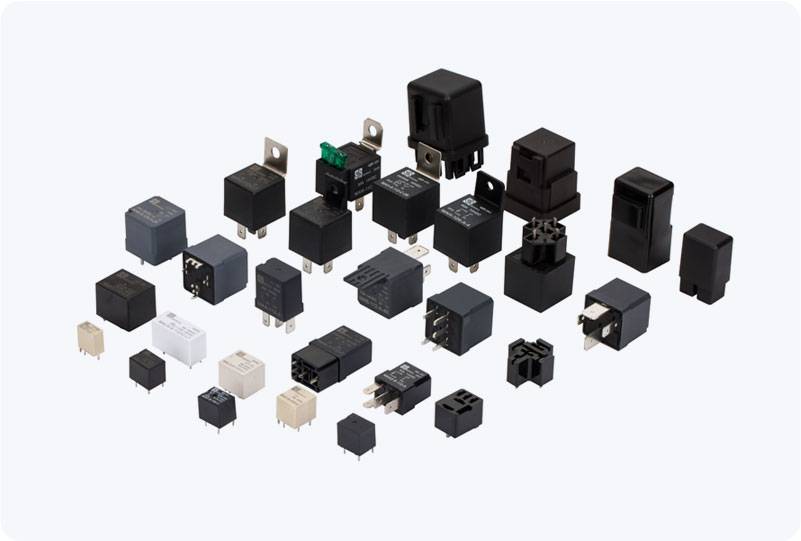Telecommunication relay plays a vital role in the success of modern communication systems. From satellite links to mobile networks, relays ensure that signals reach their intended destinations, even across vast distances or challenging environments. As our communication infrastructure grows and evolves, understanding the significance of telecommunication relays has become increasingly crucial for both network providers and end-users.

What is Telecommunication Relay? A telecommunication relay refers to a device or system that helps transmit signals over long distances, especially in scenarios where direct communication is not feasible due to physical barriers, interference, or signal degradation. These relays act as intermediaries that receive, amplify, and forward signals between communication devices or stations. They are typically used in telecommunication networks to extend coverage, improve signal quality, or enable communication in remote areas. The Functions of Telecommunication Relays Signal Amplification and Boosting: In long-distance communication, signals naturally weaken as they travel through cables, the atmosphere, or space. Telecommunication relays amplify these signals to ensure that they maintain clarity and integrity, even after traveling across significant distances. This function is crucial in satellite communications, fiber-optic systems, and cellular networks.